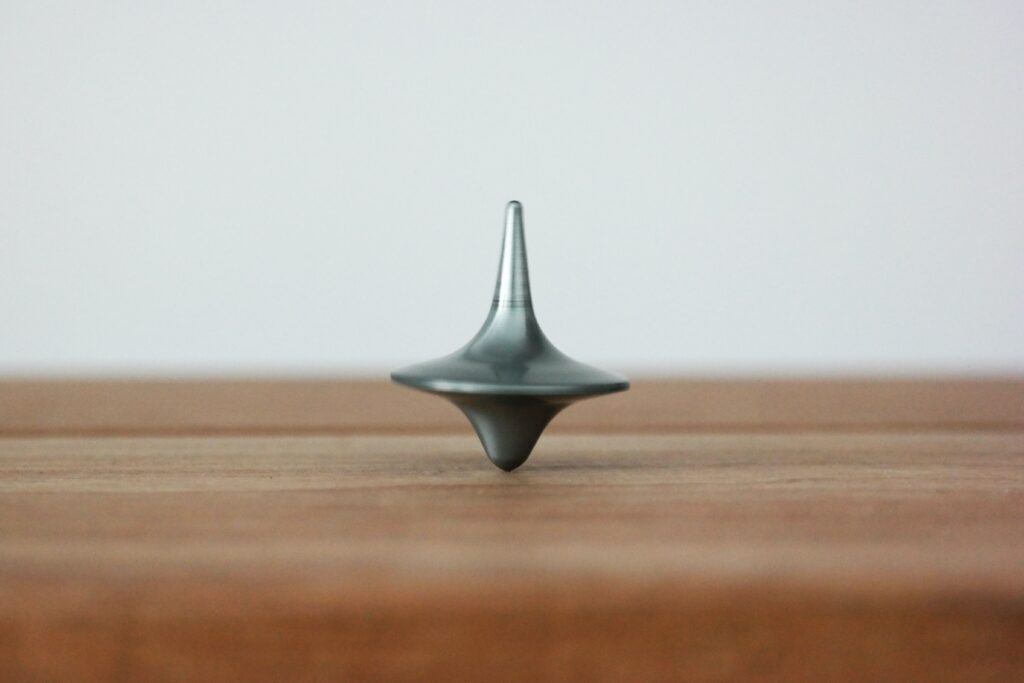What is hydrostatic pressure?

Hydrostatic pressure is the pressure that a body submerged in a fluid is subjected to, due to the column of liquid that it has above it. Assuming that all points on the fluid are in equilibrium, the hydrostatic pressure is directly proportional to the density of the liquid, to the depth and to gravity.
Therefore, the pressure will be all the greater the denser the fluid and the greater the depth and, furthermore, the difference in hydrostatic pressure between two points of a fluid only depends on the difference in height that exists between them.

Example of hydrostatic pressure
An example of this physical phenomenon is when we put water in a container and the hydrostatic pressure increases as the depth inside the fluid increases. It can be verified by seeing that the speed with which the fluid comes out of a container with holes at different heights is greater the lower the hole is.
As a consequence of hydrostatic pressure, any body immersed in a fluid is subjected to forces that act perpendicular to the body and whose value increases with depth.
Let’s see the following practice and know the operation of hydrostatic pressure





Responses